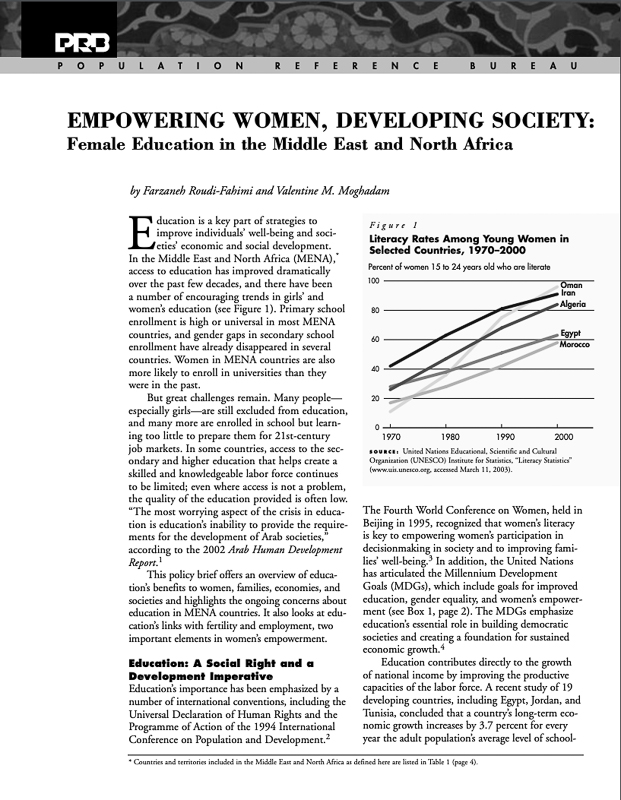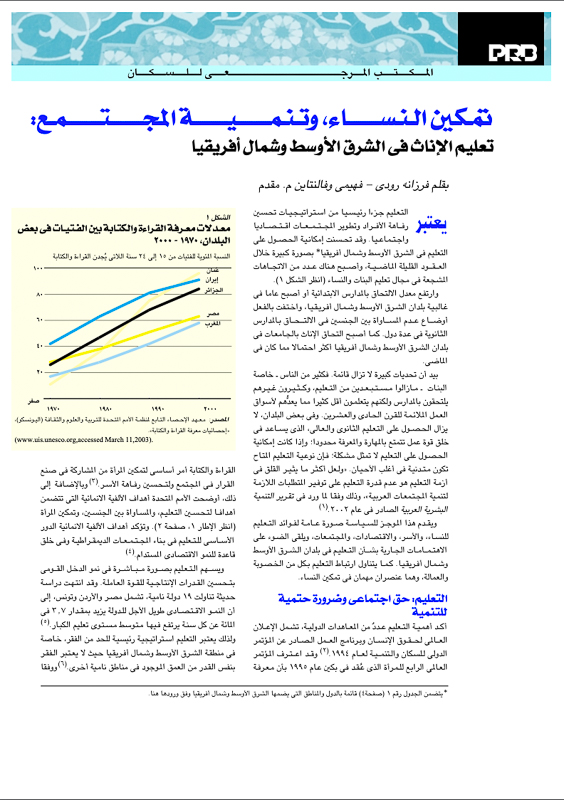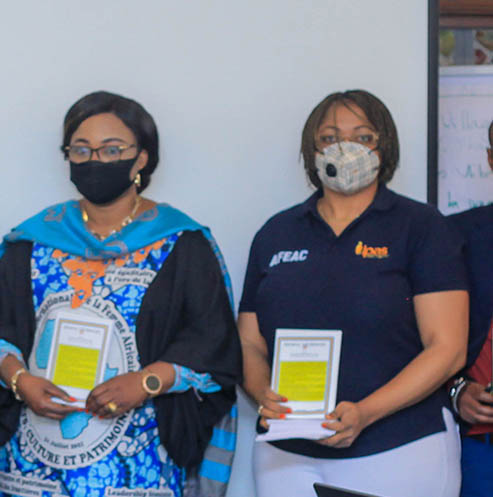603 Search Results Found For : "%EA%B0%95%EB%A6%89%EB%8D%B0%EC%9D%B4%ED%8A%B8%EB%8C%80%ED%96%89%EF%BC%BBkatalk:za32%EF%BC%BD%EB%B4%84%EB%82%A0%20%EB%85%B8%EB%9E%98%EB%B0%A9:www.za32.net"
Domestic Violence: An Ongoing Threat to Women in Latin America and the Caribbean
(2001) Despite laws against domestic violence, many women in Latin America and the Caribbean continue to be failed by the legal system.

Report. Empowering Women, Developing Society: Female Education in the Middle East and North Africa
(2003) Education is a key part of strategies to improve individuals' well-being and societies' economic and social development.

Report. Empowering Women, Developing Society: Female Education in the Middle East and North Africa (Arabic)
(2003) Education is a key part of strategies to improve individuals' well-being and societies' economic and social development.

Which Country Has the Oldest Population? It Depends on How You Define ‘Old.’
(2019) Japan, Italy, and Germany top the list of the world’s oldest countries—if the data are based on the share of the population ages 65 and older.
PRB Discuss Online: Integrating Family Planning and HIV Programs
(2010) There is an urgent need for stronger links between family planning/reproductive health and HIV policies, programs, and services.
PRB Discuss Online: The Long-Term Effects of Childhood Poverty in the United States
(2010) Most poor children achieve less, exhibit more problem behaviors, and are less healthy than children raised in more-affluent families. Looking beyond these well-known correlations between poverty and negative outcomes in childhood, recent studies have assessed the effects of childhood poverty in the United States on later attainment and health.

Project: Strengthening Evidence-Based Policy to Expand Access to Safe Abortion (SAFE ENGAGE)
The Democratic Republic of the Congo Leads the Way on Abortion Access: A Pathway for Reproductive Rights Advocates in Francophone Africa
Women in sub-Saharan Africa face the greatest risk globally for an unintended pregnancy to result in an unsafe abortion.
